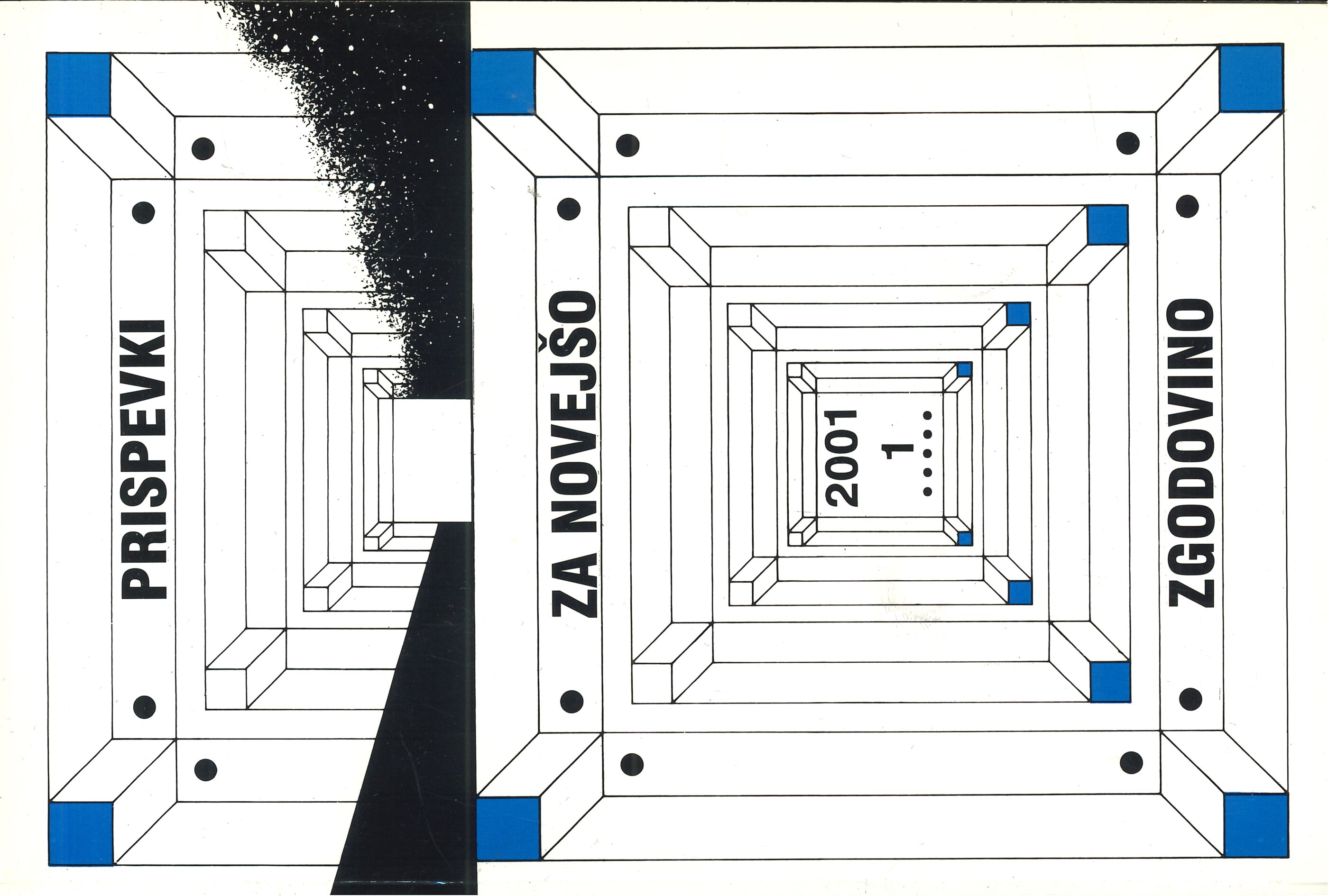The Chamber of Commerce, Trade and Industry in Ljubljana
Keywords:
economy, economic policy, economic associations, employers, Chamber of Commerce, Trade and IndustryAbstract
The author presents a clear insight into the organization and operation of the Chamber of Commerce, Trade and Industry (CCTI), the oldest and the most important economic chamber, which expressed the interests of a specific social class - that of employers. The Chamber operated continuously for ninety-eight years, from 1851 to 1948. It was an economic association with a compulsory membership, the objective of which was to protect the interests of a certain class, to represent them before the authorities and to promote commerce, trade and industry. It was founded in 1851, as the Commercial and Trade Chamber for Carniola. In November 1918, the National Government for Slovenia extended its jurisdiction to the whole territory of Slovenia. In 1925, it was renamed the Chamber of Commerce, Trade and Industry which, after 1931, covered the whole of the Dravska banovina. In March 1941, its Trade Section separated from it, constituting an independent Trade Chamber, whilst the remainder of the chamber was reorganized into the Commercial Industrial Chamber. Under the Italian occupying regime, the chamber was integrated into the Italian corporative system and, under the subsequent German, subordinated to the Chamber for Carinthia in Klagenfurt. Even before, Upper Carniola and Styria had been subordinated to the economic chamber in Graz. After the liberation, the chamber's operation was restored to its original extent, until it was abolished in 1948.
Downloads
Published
Issue
Section
License
Authors who publish with this journal agree to the following terms:
- Authors retain copyright and grant the journal right of first publication with the work simultaneously licensed under a Creative Commons Attribution License that allows others to share the work with an acknowledgement of the work's authorship and initial publication in this journal.
- Authors are able to enter into separate, additional contractual arrangements for the non-exclusive distribution of the journal's published version of the work (e.g., post it to an institutional repository or publish it in a book), with an acknowledgement of its initial publication in this journal.
- Authors are permitted and encouraged to post their work online (e.g., in institutional repositories or on their website) prior to and during the submission process, as it can lead to productive exchanges, as well as earlier and greater citation of published work (See The Effect of Open Access).


